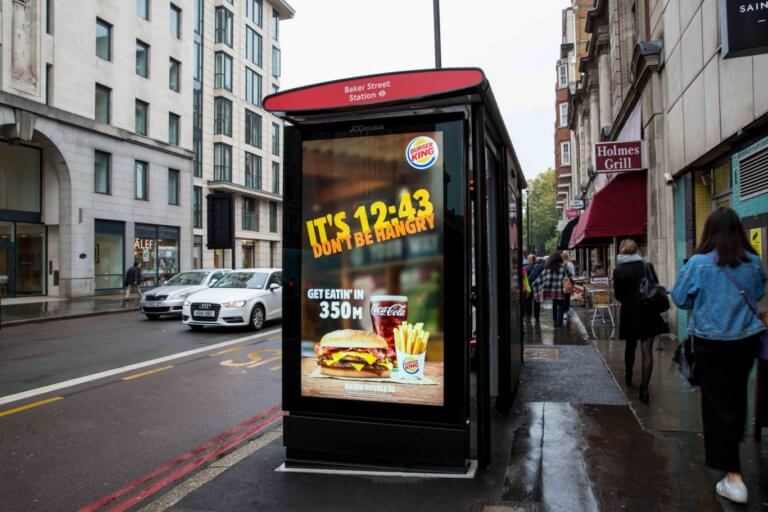
The world is slowly going back to normal, whatever our new normal is. Consumers, especially those in the U.S., are beginning to shop in stores once again. What’s different this time, is that consumers are expecting physical advertising campaigns instead of online responses. People are sick and tired of looking at their screens, they’re craving outdoor spaces, and are longing for reassurance from brands that they’re open and ready for business once again. Drive-to-store marketing campaigns are going to be extremely vital for companies and brands right now. Drive-to-store marketing is aimed at attracting consumers to a physical point of sale using advertising mediums such as the internet, mobile technologies, and Out-of-Home (OOH) tactics in tandem. It’s the best way to engage with consumers that are longing to go back to normal by targeting them where they are and drawing them into your store.
Targeting consumers the right way
There are a few very important things to consider when creating a drive-to-store ad campaign. One of those is targeting your ideal demographic. There are a few options when it comes to targeting as it depends on your needs and what will produce the most effective campaign for your business. Some options include, travel-time to store, radius targeting, or precise competitor targeting. It’s important to remember that the time it takes consumers to travel to your business is vital in whether or not they will visit. You have to think about how you can overlay their travel time with data, identifying zones with a strong affinity to your business. Advertising agencies use different tactics depending on the company they are promoting.
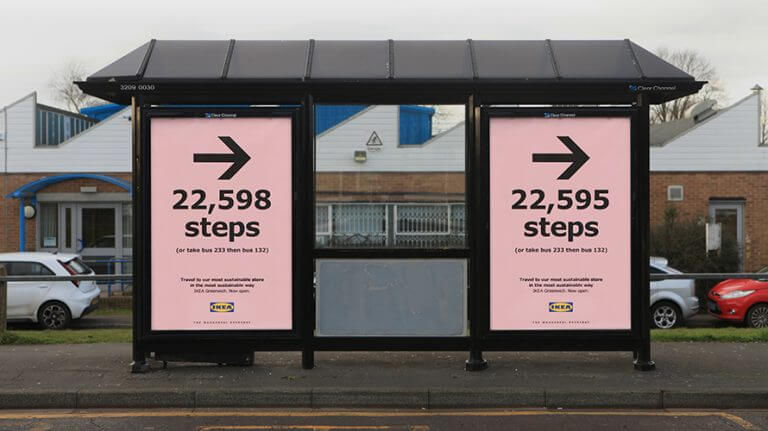
Some use complementary businesses to promote your product, some use OOH signage to guide consumers to their store, and some target consumers through geofencing. In order to drive consumers to their store, IKEA promoted their ‘sustainable London store’ with an OOH ad campaign that provided bus routes, walking directions, and the time it would take to get to the closest IKEA location. The ads were featured at 80 locations across London and was hugely successful, garnering worldwide recognition.
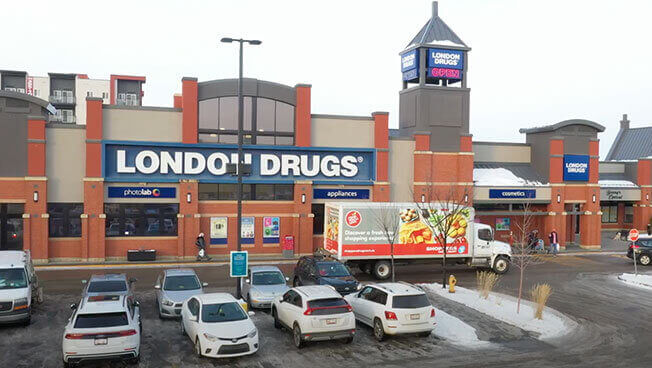
Although billboard advertising can be very effective, as demonstrated by the IKEA campaign, one of the best ways to target consumers these days, is by using truck-side advertising to drive consumers to your business. Shoppers Drug Mart recently partnered up with Movia, a truck-side advertising company, to help launch their new fresh food section in Calgary and Edmonton. Shoppers needed to reach people where they were, out and about, commuting, and at home. Movia’s mobile marketing strategy was able to bring the new fresh food section news into key locations and areas nearby the Shoppers Drug Mart locations. The ads were delivered to consumers when they were making key shopping location decisions, drawing them into Shoppers stores at the perfect time. The campaign resulted in 10 million impressions over 5 weeks, helped boost consumer spending at Shoppers locations, and raised awareness of the new fresh food sections. All in all, a very successful campaign.
Multi-channel advertising
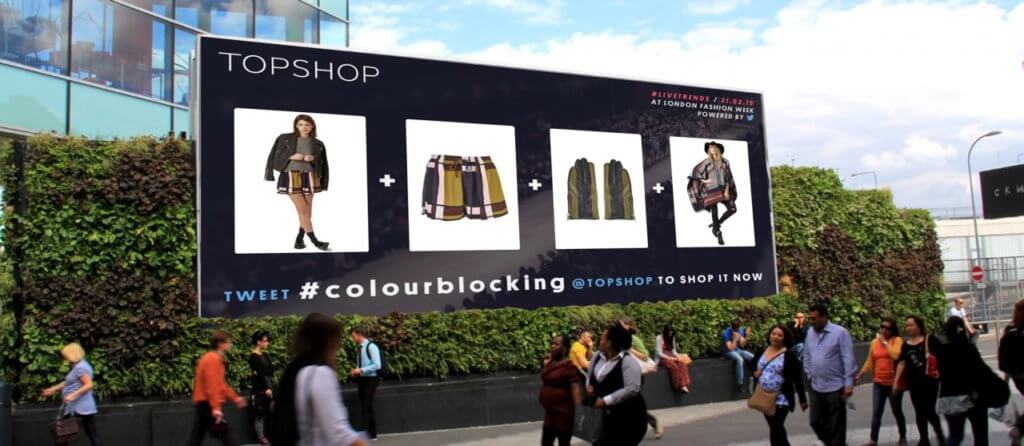
Another major drive-to-store advertising initiative to think about, is using multiple mediums in order to target consumers successfully. Targeting consumers through their phones, a billboard, a truck-side ad, or DOOH signage with a consistent message will always be the most beneficial way to garner a high ROI and high engagement. According to a Drum article, this multi-layered strategy can increase footfall into your business by 65% and OOH specifically increases footfall by 2.5 times compared to using channels separately. By using multiple ad mediums at once, you’re staying top-of-mind for consumers throughout their entire day. For example, the UK-based fashion company called Topshop used digital billboards throughout the UK during London Fashion Week to promote its latest catalog of clothing. Each of the billboards were synced with the company’s Twitter data so that when followers tweeted using the hashtag #LFW, the billboard would display the tweet alongside a relevant item from Topshop’s new catalog. Better still, the advertisements were all placed within ten minutes of the company stores so that viewers who were interested could immediately walk over to Topshop and pick up the items that they wanted. Topshop earned a 75% boost in their revenue for the outfits that related to the #LFW hashtag!
Good creative takes it to the next level
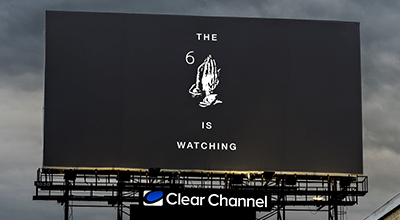
The targeting that you do will only ever go as far as how good your creative is. Consumers can be bombarded by numerous advertisements for your brand, but at the end of the day if they aren’t intrigued by what they see, they’re not going to visit your store. You have to develop impactful creatives that will catch the eye of your audience and draw them in. What is most impactful in recent years, is leaving a little bit up to the imagination. Allowing consumers to come up with their own ideas about your brand or what your advertising might be saying about your products will inevitably lead them to investigate for themselves. A great example of this is when Drake, a worldwide hip-hop artist, bought a one-month, one-billboard media buy in Toronto over the Gardiner Expressway that became one of the most viral billboards in history. On the morning of November 4th, passersby stopped and stared at the cryptic billboard with only 3 words, a number, and a simple graphic. The creative translated to, “The 6 (God) Is Watching.” Highlighting Drake’s famous moniker for Toronto and letting everyone know that he’s watching over the city. Viewers immediately took to Twitter and Instagram, making the billboard a viral sensation in a matter of hours. It didn’t take long for fans to realize that the billboard was a sign that the hip-hop artist would soon be releasing his long-awaited album, “Views From The 6”. The billboard ended up garnering roughly 86.72 million impressions in 7 days. Clearly, a little speculation goes a long way, creating hype around the artist and his upcoming album.
Measuring success
Once your ad campaign is up and running, the most important thing to do is measure its effectiveness. You will need to keep track of how, where, what, and when consumers are interacting with your messages at the moment in order to tell if it’s working or not, especially for a drive-to-store ad campaign. You will want to know if your advertising efforts are directly impacting consumers and driving them to your store. A great way to keep your campaign top of mind and push consumers to your store is by sending them a new message or an incentive to revisit. Another tactic is by reaching out to them when they’re within your travel time radius or near an OOH/DOOH location. This will make your campaign much more effective and way more likely that consumers will visit your store. To gain a more in-depth understanding of all the ways to measure the effectiveness of an OOH campaign check this article out.
To conclude
Retailers, restaurants, stores, and dealerships have had to adapt numerous times over the past year in order to meet consumers where they are. Now that things are opening up a bit, it’s time for more drive-to-store ad campaigns. They will allow you to optimize your campaigns by reaching the right consumers at the best time and continue to engage with them even after they’ve visited your store. It’s time to adapt to a new era of advertising and drive-to-store advertising is going to be a huge part of that.


